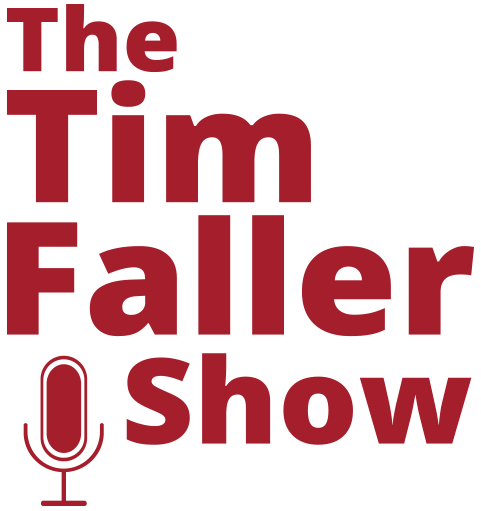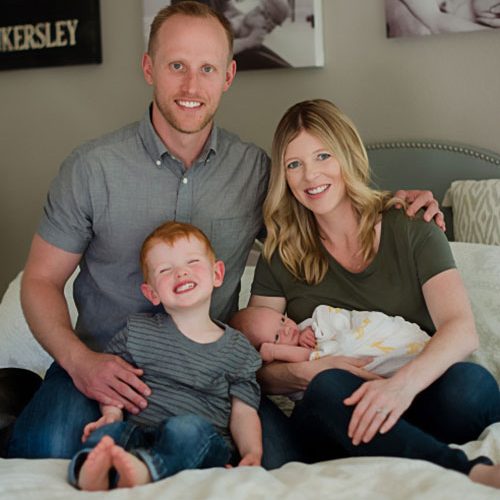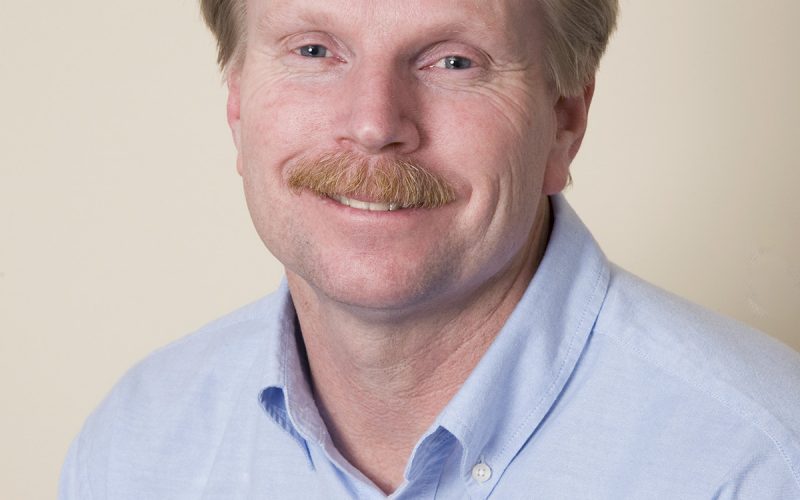Ep.91: Talking Safety with Mark Paskell
Just because you’ve never been visited or cited by the Occupational Safety & Health Administration doesn’t mean you’re following safe business practices. Even if you or no one on your crew has been injured, it doesn’t necessarily mean your job sites are safe — you might just be lucky.
Most OSHA standards apply to the residential building and remodeling industries, and require employers to protect their workers by establishing safety programs and providing training.
In this episode, Mark Paskell talks to Tim and Steve about how to create a safety culture and the benefits of running safe job sites and protecting your team.
Mark is president of The Contractor Coaching Partnership Inc. in Sterling, MA. He founded the company in 2007 to coach and mentor residential contractors on business, systems, sales, and safety. Mark became an authorized OSHA Outreach Trainer in 2012.
Creating a culture of safety is the first and biggest thing a business can do, says Mark. It has to start at the top — owners and managers need to be on board and involved, not just those in the field. Residential standards are as stringent as commercial standards, but there’s less of a focus on meeting those standards on sites. Mark talks about the things residential remodelers and builders should focus on, including:
- The differences between OSHA 10 and OSHA 30
- The most cited violations
- The top job-site hazards — and how to minimize them
- Hiring safe sub-contractors
- What personal protection equipment your crew should wear
- Misconceptions about safety and OSHA you may be making
- Putting money into the budget for safety training
- Investing in people and equipment to attract and keep employees
- Why safer crews complete better jobs
- How much time to invest in training
- Safety meetings: how often you should have them, and what to cover
- Why you should invite OSHA to your company
- And more …
You can download materials to help you with your safety training at the OSHA website.





